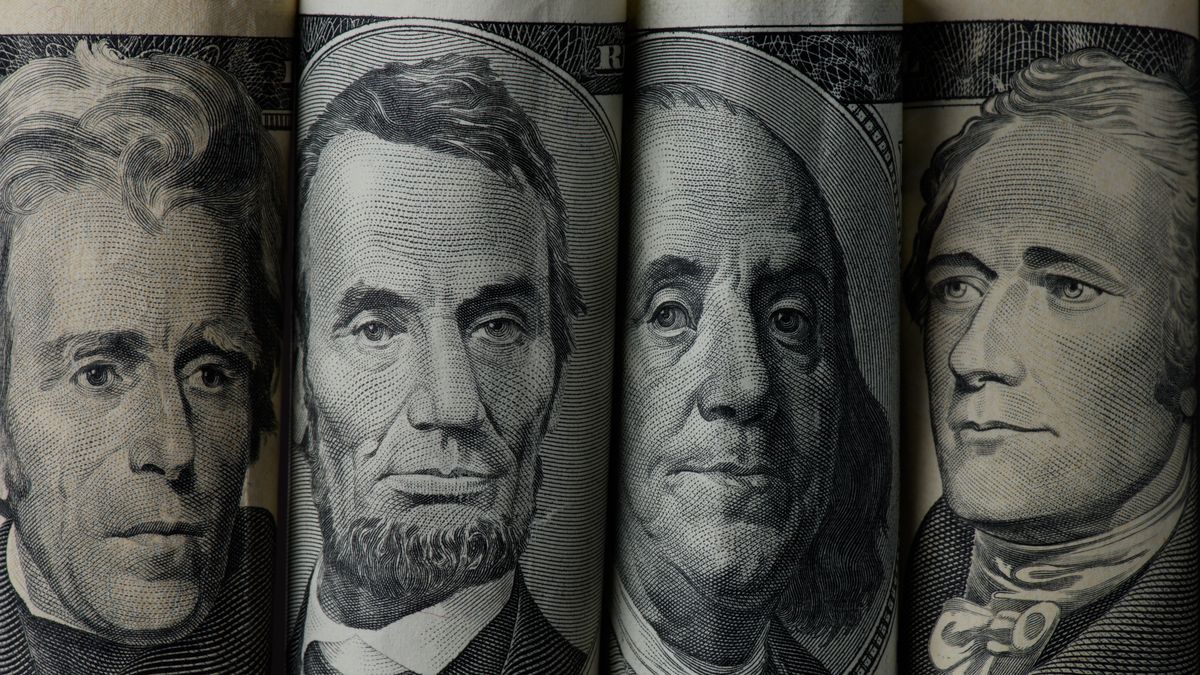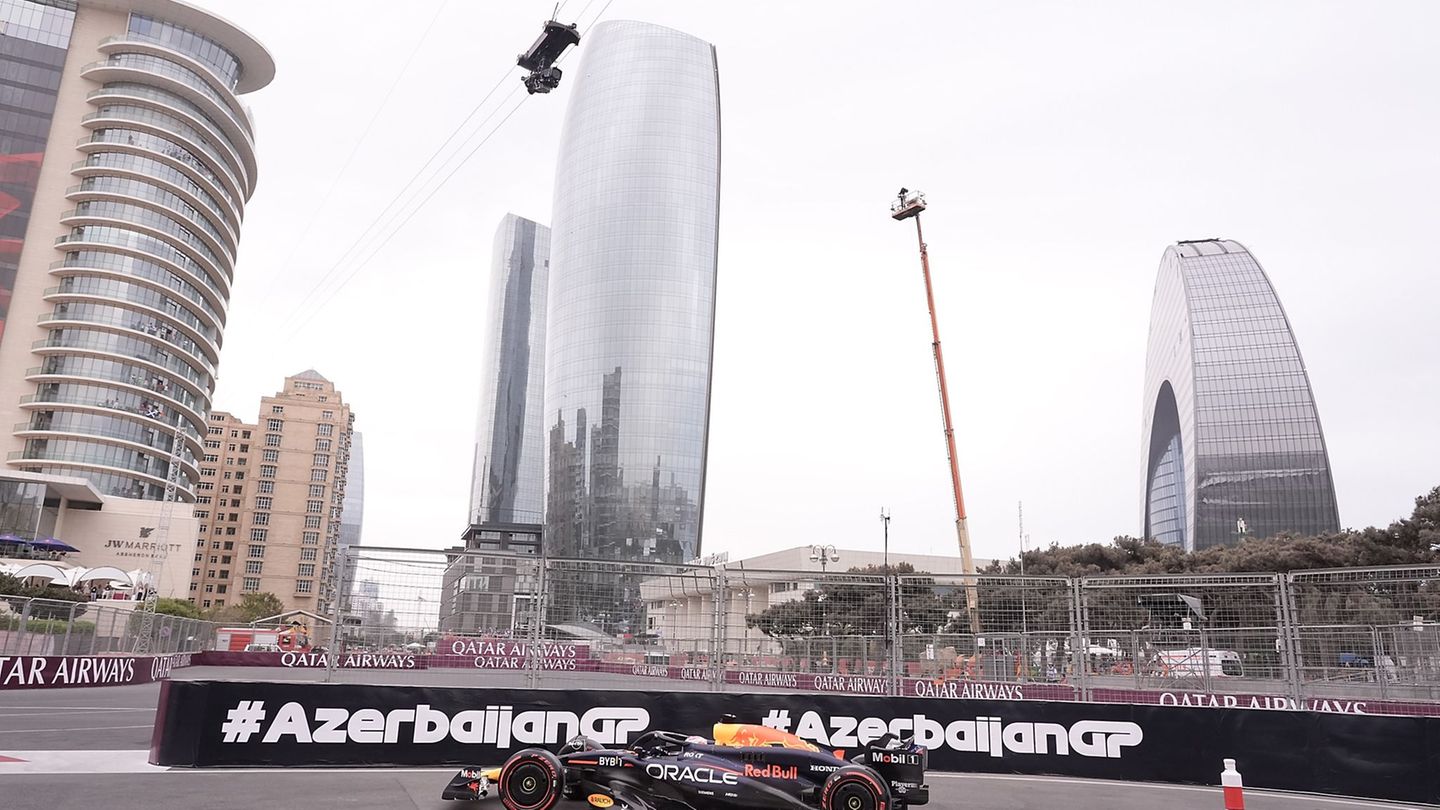Anyway, the change in trend in the last months of the year did not allow the monetary authority to reverse the loss of competitiveness that began to present from the end of April onwards, in the face of a strong inflationary acceleration at the local level added to an international context of strengthening of the dollar, which depreciated two of the currencies of the four main trading partners of the country (European Union and China).
In the agreement with the IMF, the Government promised to maintain the real multilateral exchange rate at the level of December 2021 (102.5 points). At the end of 2022, the indicator, which compares the competitiveness of the peso with the currencies of the country’s main trading partners, stood at 93.5 points, that is, 9 points below what was agreed.
Andrés Reschini, analyst at F2 Soluciones Financieras, pointed out that the slowdown in the crawling peg in December probably has to do with the CPI index. “November was the third consecutive month in which the variation in the official exchange rate was not less than the variation in the CPI. I think you have to see it within the framework of measures that were launched to try to lower inflation, such as price agreements. So, after the 4.9% CPI data for November and given that there are many chances that it will not exceed 6% in December, they decided to lower the crawl that had been 6.6% in November, so that they go more or less in tune A separate chapter is the exchange rate delay that has already dragged on since 2021, ”he considered.
Regarding the exchange regime that the Central Bank will maintain in 2023, Reschini highlighted that “observing the first steps in 2023, futures ended up pricing an 8% devaluation for this January and, in addition, between the ‘Objectives and Plans for 2023’ of the BCRA is ‘to preserve the levels of external competitiveness, and also to ‘strengthen the position of international reserves’. The truth is that, in the first round of the year, without the Export Increase Program II in force, the reference exchange rate A 3500 advanced at a rate of 5.87% TEM vs. the end of December, the month in which which varied to 5.9% TEM, that is, there were practically no changes up to now. In this scenario of an exchange rate gap close to 100%, a BCRA issuing strong and indebted at rates of 100% TEA, an electoral year in which they will most likely try to stimulate consumption and agriculture hit by drought, it seems unlikely that they will be able to lower the inflation in a sustained manner and preserve external competitiveness with this crawling, in addition to accumulating reserves. It will mean that these variables will have to be followed very closely”.
Since ecolatin point out that “by virtue of the need to recover external competitiveness, support a reduction in the exchange rate gap and the accumulation of reserves, we expect the Government to continue seeking to move the official exchange rate to a rate more in line with that of inflation and below the rate level. In other words, we do not anticipate seeking to undo the backlog, but to manage it. In this sense, the level of the real exchange rate will continue to be functional to the excess demand for foreign currency in the exchange market”.
Source: Ambito
David William is a talented author who has made a name for himself in the world of writing. He is a professional author who writes on a wide range of topics, from general interest to opinion news. David is currently working as a writer at 24 hours worlds where he brings his unique perspective and in-depth research to his articles, making them both informative and engaging.




